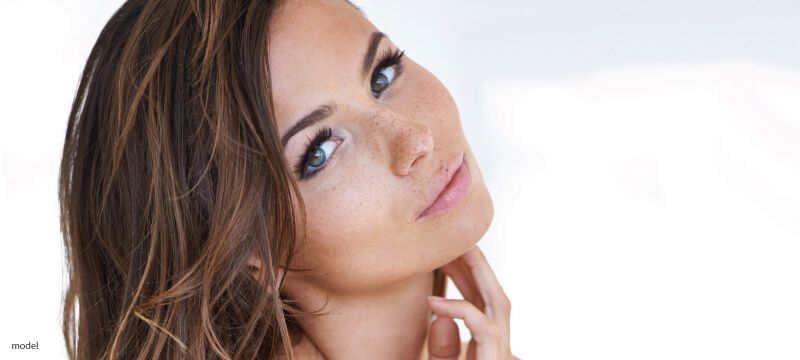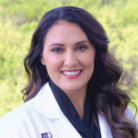5 Effective Treatment Options for Freckles

Freckles are flat, circular spots that are usually small in size and brown or beige in color. They often develop in clusters on areas of the body that are regularly exposed to the sun, such as the face and forearms. However, freckles can develop on any area of the skin that is exposed to the sun. Freckles often become darken and more noticeable during the summer months when UV exposure is the greatest.
Freckles are completely harmless and pose no health risks. Many people are perfectly happy with their freckled appearance, but others do not like the aesthetic of their freckles and wish to remove or lighten their appearance. For those people, there are several freckle removal treatment options.
Retinoids
Retinoids are a class of chemical compounds closely related to vitamin A. Retinoids can improve the appearance of freckles by increasing the cell turnover in your skin. In terms of pigmentation issues like freckles, retinoids can be effective as they slough off current pigmentation spots while reducing further melanin development. Retinoids can be found in varying strengths. Patients with lighter freckles may benefit from retinol, which can be found in various over-the-counter skincare products. Darker, more prevalent pigmentation may require Retin-A (Tretinoin), which must be prescribed by your dermatologist.
Cosmelan Skin Lightening System
One of the best freckle removal treatments is a topical treatment called the Cosmelan Skin Lightening System. The system consists of a professionally applied hydroquinone and retinoid mask which is administered in-office. Depending on the patient’s skin type, the initial mask remains on the skin for 5 – 10 hours before being removed. The patient is then advised to continue using several over-the-counter follow up products to continue lightening the skin. The Cosmelan system removes freckles along with other dark spots and pigmentation. Just one week after starting the treatment, a noticeable and significant improvement of the skin may be seen.
Chemical Peels
A chemical peel is a topically applied chemical formula designed to create an even and controlled shedding along the surface of the skin. This allows new layers to be exposed, creating a fresh appearance and smoother texture to the skin surface. Patients with light to moderate freckles may require a superficial peel, which is less intense and requires no recovery time. More severe freckles may require a deeper peel which can cause a little more downtime such as redness as swelling. Chemical peels have the power to create more youthful appearing skin with visibly less freckles.
Intense Pulsed Light (IPL)
IPL treatments use precise amounts of visible light to treat freckles along with forms of sun damage such as sun spots and broken blood vessels. An intense broadband light transfers energy to both the epidermis (upper skin layer) and dermis (deep skin) to lighten discoloration leaving the complexion brighter and more radiant. While IPL is relatively painless and requires no recovery time, a series of treatments is recommended to offer optimal results.
Laser Skin Resurfacing
Laser resurfacing (sometimes called a laser peel) uses laser energy to remove precise amounts of skin in a controlled, targeted fashion. Like chemical peels, laser skin resurfacing removes targeted layers of the skin to reveal youthful appearing under layers while also stimulating the production of collagen and elastin, two skin proteins that can improve skin texture, fullness, and overall quality. Laser resurfacing, however, is more powerful than chemical peels and other exfoliation-based treatments. Most patients may need a week or so to fully heal before returning to normal daily activity. Popular resurfacing lasers include Fraxel and Clear + Brilliant.

Thank you for pointing out that retinoids are a class of chemical compounds that can improve the appearance of freckles by increasing the cell turnover in your skin. My brother has had freckles his entire life. I had no idea that there were dermatology compounds that can help a person’s freckles.